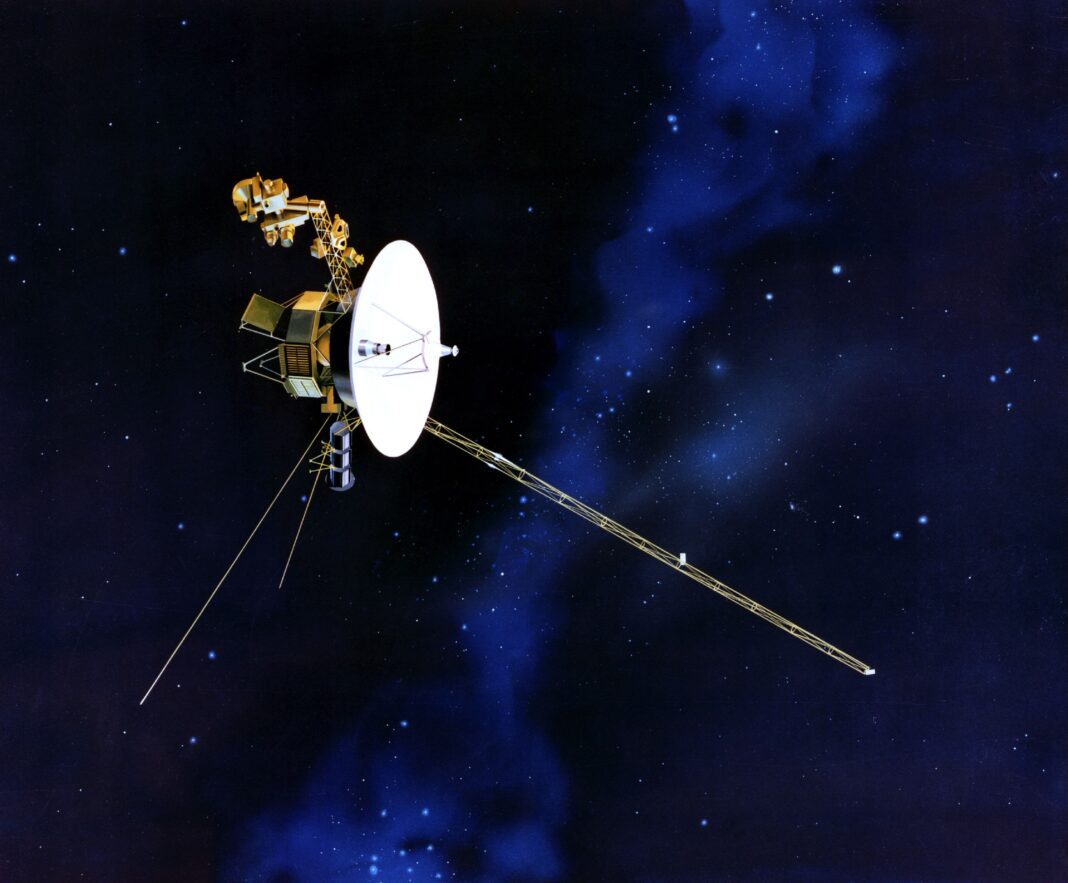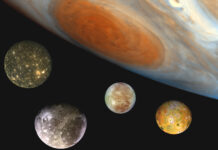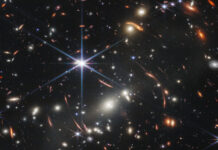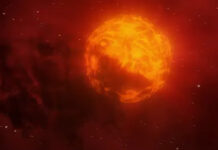Voyager 2 has entered the interstellar space, outside the Sun’s realm. Researchers Bill Kurth and Don Gurnett, at the University of Iowa, confirmed that on November 5, 2018, the spacecraft left the solar system and joined Voyager 1 in the interstellar medium. The research was published on November 4, 2019, on Nature Astronomy.
The team analysed the plasma density of the plasma wave detector on the spacecraft and reported a marked increase in its density, which shows that Voyager 2 now lies in a cool, higher-density of the interstellar medium (ISM), 18 billion kilometres away from the Earth.

Credit: NASA JPL
The Interstellar Space
The space between stars is a big vacuum, but it is not empty. Material ejected from death stars fill the regions between stars in galaxies and compose what it is called interstellar medium (ISM) or interstellar space. In the Milky Way, 15% of the visible matter consists of ISM.
Gases, especially hydrogen and helium, make up 99% of the ISM, while the remaining 1% of the ISM is filled with interstellar dust – irregular particles, mainly carbon and silicon, that are just a fraction of a millimetre.
When light passes through interstellar dust, three things can happen. If the dust is thick enough, the light is blocked and dark areas are created. When the dust is not thick enough, the light passes dimly, in a phenomenon known as extinction; here, the interstellar dust scatters blue light more intensely, leading to more red light reaching us. Last, when it is neither blocked nor it passes through, the light can be reflected from the clouds of dust, creating a reflection nebula.
In 2012, Voyager 1 became the first artificial object to reach the ISM, making it the most distant human object from Earth. In 1977, Voyager 1 was launched from the NASA’s Kennedy Centre, in the United States, with the goal of exploring the outer limits of the solar system, and possibly beyond.
Voyager Mission
Voyager 2 was launched from Florida on August 20, 1977, weeks before Voyager 1 took flight. After decades of surrounding and approaching the solar system’s main planets, the spacecraft reached the ISM on November 5, 2018.
Voyager 2 is now the second human object to cross the region of the sun’s influence, after the Voyager 1.
References:
NASA Jet Propulsion Laboratory| Voyager; retrieved on November 4, 2019; URL: https://voyager.jpl.nasa.gov/
Gurnett D, Kurth B. Plasma densities near and beyond the heliopause from the Voyager 1 and 2 plasma wave instruments. Nat Astron. 2019. doi:10.1038/s41550-019-0918-5
Richardson, John D., et al. “Voyager 2 Plasma Observations of the Heliopause and Interstellar Medium.” AGU Fall Meeting 2019. AGU, 2019.
Image credit: NASA/JPL-Caltech





